Do I really need another Spitfire in my collection? Oh, yes! (or: how an old dream came true)
To the fortunately unasked question of whether "another Spitfire" is really necessary, I would answer: of course! One reason for this lies in the enormous range of what "Spitfire" can mean, as a Mk.I has very little in common with, say, a Mk. XIX or even a Spitfire F.22.
Now there is a variant out of this variety that I always wanted to build - but could not build until now: the Mk.Ia was flown with a non-adjustable two-blade wooden propeller some time after its introduction to the RAF. This resulted in an interesting silhouette, which contrasted the futuristic elegant forms of the Spitfire with the rather old-fashioned looking contours of a two-bladed wooden propeller.
A few more peculiarities, which become apparent to the connoisseur on closer inspection, characterize this early variant. Even if many things seem familiar at first sight, the antenna mast, for example, is still designed as a simple round "broom handle", and the pitot tube also has an unusual shape.
The model also correctly reproduces the canopy in its original straight, unshaped form. The windscreen is also reproduced just as correctly as the windscreen as continuous glazing, still without any bulletproof reinforcement.
The frame of the familiar is also extended by the markings. The tricolour on the rear fin was not yet introduced in 1938, but the underside already shows the characteristic symmetrical division into a white and a black half. This simple identification marking was retained until after the outbreak of war. 1938 the whole thing was enlivened by aluminium-coloured undersides of all four rudders on wings and tailplane.
My model shows one of the first machines delivered, as it was used in the summer of 1938 by No. 19(F) Squadron from the Duxford base. This unit was the first formation to be equipped with the Spitfire.
At the beginning I already mentioned my preference for these early Spitfires, so my joy was great when I came across this kit from Airfix which was released in 2015. Finally a two-blade Spitfire without any effort or conversion!
The new high quality of contemporary Airfix kits made me expect a solid product, which always has an appreciable bit of eccentricity. To say it right away: I was not disappointed! The fitting accuracy is phenomenal, in some assemblies it already resembles a plug-in kit. I am thinking for example of the rear wheel or the exhaust system. Here nothing was glued but plugged into each other with a tight fit.
Only the canopy had to be fitted. Here above all the necessary flowing transition of the windshield to the fuselage made the use of filler necessary.
The building instructions show clearly and concisely which alternative parts are to be used for the three versions, which differ in details. This clarity is a great advantage, especially in view of the variety of parts, and makes the rather complex building process easy to handle.
For the markings of my model I used the kit decals, which were easy to handle. However, there is one exception that provides a small counterpoint to the many praises that have to be given to this kit.
Of all things the characteristic two-coloured fuselage cockades of my pre-war version showed a strong colour offset: the red inner circles were too small and thus showed a narrow white sickle at the border to the outer blue ring. I found a solution, so to speak, in the use of on-board means, because from unused cockades of the decal set I could take the red parts, cut them round to fit and place them in a way that they covered the disturbing white.
But all this should not cloud the impression that with this edition Airfix has succeeded in creating a beautiful, carefully designed and absolutely comfortable to build kit classic!
After there was a question at the beginning of my execution, there is one that should lead to the conclusion: will I build more Spitfires after this modelling experience? Of course, with joy - and I will certainly use Airfix again!
Roland Sachsenhofer

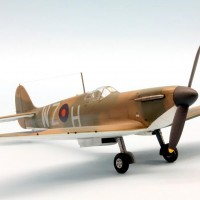
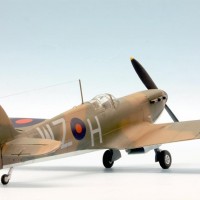

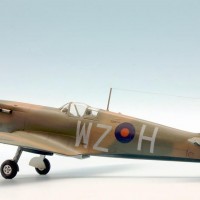
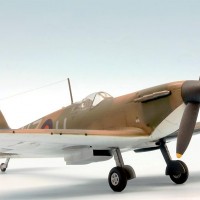
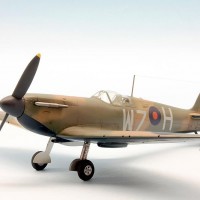
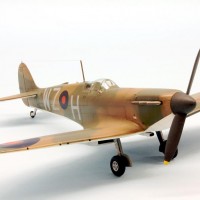
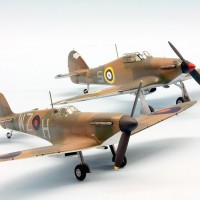
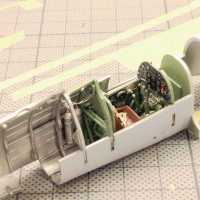
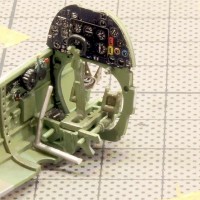
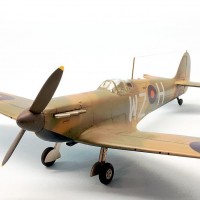
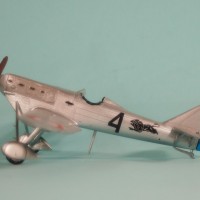
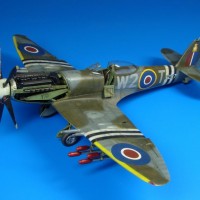
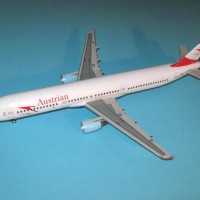
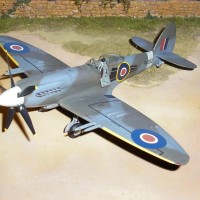
Hallo Roland, wunderschöne Modelle die Du baust. Eine Frage jemand hat mir angefragt wegen Deiner Adresse, könntest Du die mir Rübermailen zwecks fragen über ein gewisses Modell. Gruss Hans Peter. hanspeter.tschanz@bluewin.ch oder http://www.flieger-hanspeter.ch
Beautiful model. Clean and sharp build.
And yes...newer enough spitfires
Regards
Fine looking Spit Roland, lovely cockpit detail as well. I like it.
Absolutely gorgeous.
I have an Iron Maiden "Aces High" Spitfire on the shortlist...what did you use for the interior color?
Lovely Mk1 Roland!
‘Liked’
Hey, James - looking forward to that Maiden spitfire!
@jkelleycrna
I am very happy about your reactions, thanks for your motivating words!
In fact, the topic "Spitfire" can become a modeler's life companion!
James, for the Brit-interior I have been using Gunze H 312 acrylic paint as a good approximation in my opinion.
Hans Peter, Du solltest ein e-mail von mir erhalten haben.
Realy nice unusual model! Yes they had moved away from the flat top canopy by then (see second machine in the pic).
1 attached image. Click to enlarge.
Such a clean lined machine and retains that old world charm with it's two bladed prop, lovely build.
Sharp looking Spit Roland.
Nice early version, looks great! Yes you do need another Spitfire in your collection.
Very nice work Roland, and yes indeed there is something very "cool" about the first Spitfires. And you're entirely right about the Airfix kit.
I know. The 2 blade prop version has that stick and tissue rubber band powered look.
That's a nice Spit. Well done.
Hello guys, thank you very much for all the positive feedback - and for the fact that we are convinced that there will never be enough Spitfire beauty in our showcases!
Since Kimberly's remark with the rubber cord I know what this appearance reminds me of all the time!